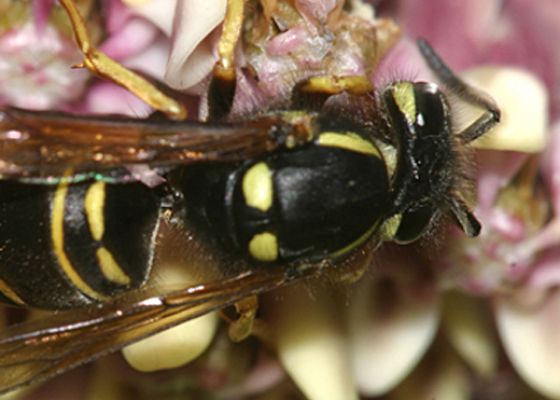Related Products
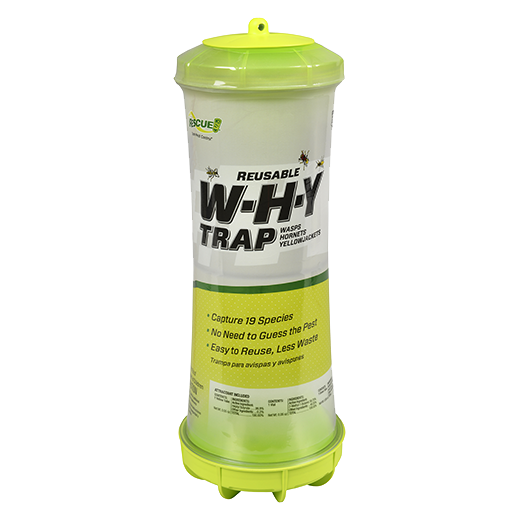
W·H·Y Trap for Wasps, Hornets & Yellowjackets
The W·H·Y Trap has two chambers and three lures to catch 19 d...
VIEW PRODUCT »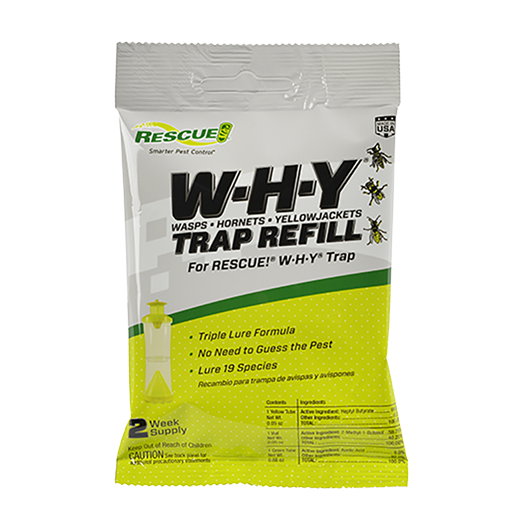
RESCUE! W·H·Y Trap Refill Kit
The RESCUE! W·H·Y® Refill Kit works inside the W&mid...
VIEW PRODUCT »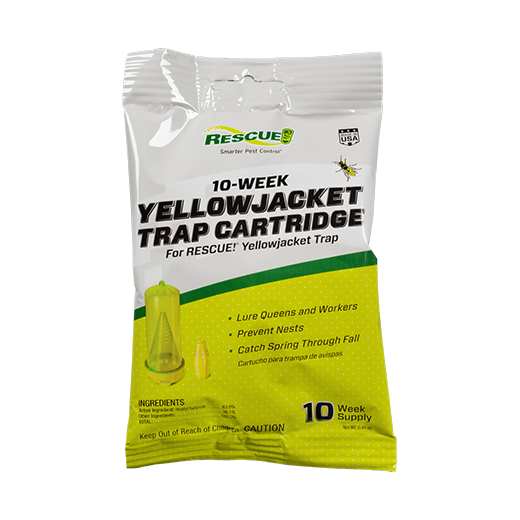
RESCUE! Yellowjacket 10-Week Cartridge
The RESCUE! Yellowjacket 10-Week Cartridge works inside the RESCUE! Ye...
VIEW PRODUCT »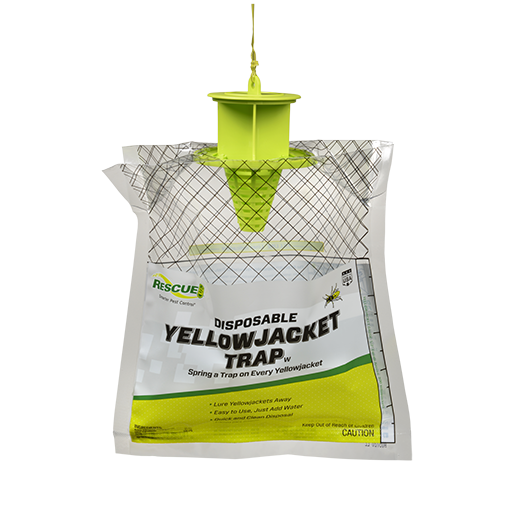
Yellowjacket Trap, Disposable
Like our reusable trap, the RESCUE! Disposable Yellowjacket Trap features t...
VIEW PRODUCT »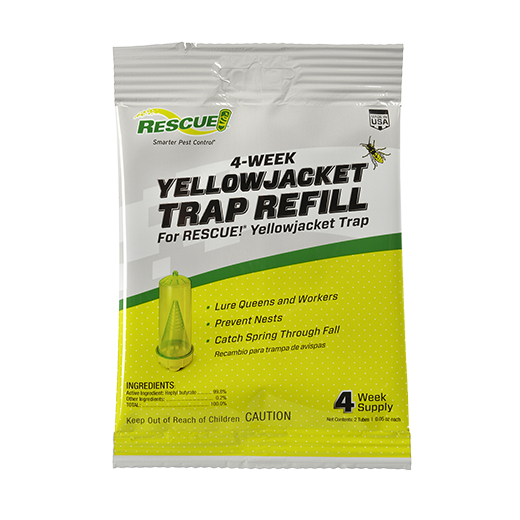
RESCUE! Yellowjacket Refill
The RESCUE! Yellowjacket Refill works inside the RESCUE! Yellowja...
VIEW PRODUCT »
Yellowjacket Trap, Reusable
The RESCUE! Reusable Yellowjacket Trap has a unique trap design that p...
VIEW PRODUCT »Northeastern Yellowjacket (Vespula vidua)
Geographic Region
Northeastern yellowjackets are found in the Upper Midwest, mid-Atlantic states, and the Northeastern U.S.
Natural Habitat
Northeastern yellowjackets commonly nest in high traffic areas such as yards and pastures, as well as some forested areas. Most nests are subterranean, but they can also be found in logs and manmade structures. Colonies are not large.
Weather Conditions
Like most yellowjacket species, Northeastern yellowjacket colonies get established and thrive in hot, dry weather.
Behavior
Northeastern yellowjackets are not a serious stinging hazard unless the nest is disturbed. However, due to nesting habits in areas of human activity, the chances of stinging are increased.
Unique Characteristics
The Northeastern yellowjacket is most easily recognized by the thick black band across the upper portion of its abdomen. However, the Northeastern yellowjacket will never have the two extra spots through the black band, which are present on many forest yellowjackets.
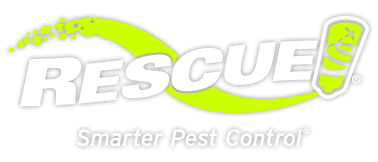

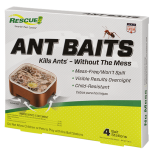 Ant Baits
Ant Baits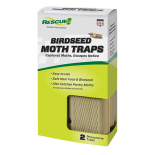 Birdseed Moth Trap
Birdseed Moth Trap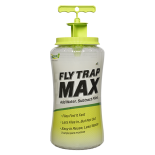 Fly Trap Max
Fly Trap Max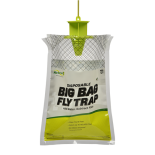 Fly Trap, Big Bag
Fly Trap, Big Bag 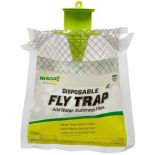 Fly Trap, Disposable
Fly Trap, Disposable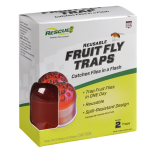 Fly Trap, Fruit Fly
Fly Trap, Fruit Fly Fly Trap, POP! Fly
Fly Trap, POP! Fly 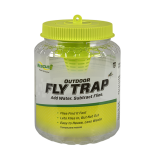 Fly Trap, Reusable
Fly Trap, Reusable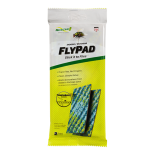 FlyPad
FlyPad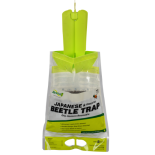 Japanese & Oriental Beetle Trap
Japanese & Oriental Beetle Trap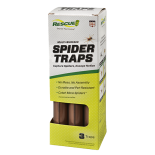 Spider Trap
Spider Trap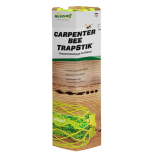 TrapStik, Carpenter Bee
TrapStik, Carpenter Bee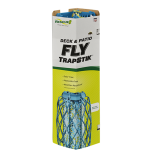 TrapStik, Deck & Patio Fly
TrapStik, Deck & Patio Fly 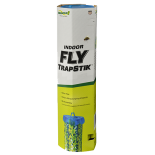 TrapStik, Indoor Fly
TrapStik, Indoor Fly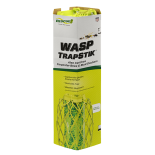 TrapStik, Wasp
TrapStik, Wasp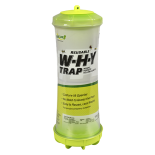 W·H·Y Trap for Wasps, Hornets & Yellowjackets
W·H·Y Trap for Wasps, Hornets & Yellowjackets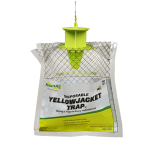 Yellowjacket Trap, Disposable
Yellowjacket Trap, Disposable 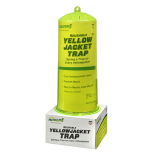 Yellowjacket Trap, Reusable
Yellowjacket Trap, Reusable 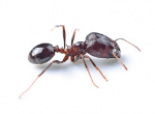 Ants
Ants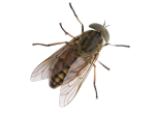 Biting Flies
Biting Flies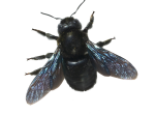 Carpenter Bees
Carpenter Bees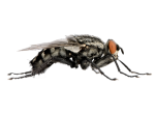 Flies
Flies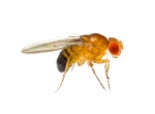 Fruit Flies
Fruit Flies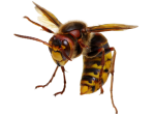 Hornets
Hornets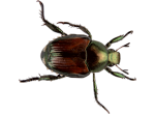 Japanese Beetles
Japanese Beetles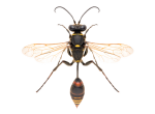 Mud Daubers
Mud Daubers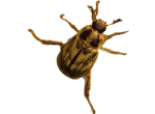 Oriental Beetles
Oriental Beetles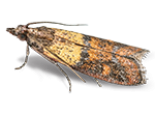 Birdseed & Pantry Moths
Birdseed & Pantry Moths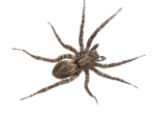 Spiders
Spiders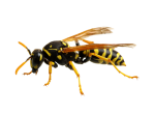 Wasps
Wasps Yellowjackets
Yellowjackets